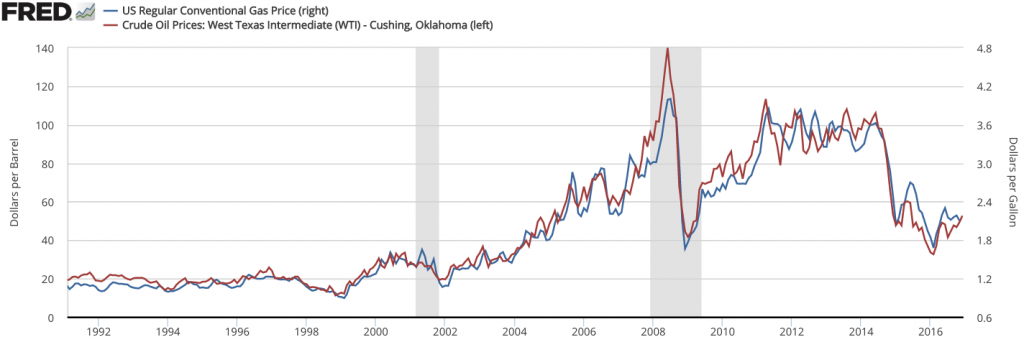Recent cuts of the (Alberta) provincial budget have been portrayed by the government as the necessary result of falling revenues due to the bitumen bubble – not to mention low gas revenues. This caused me to consider the future of oil and gas revenues in Alberta. Can we expect high levels of revenue from oil and gas (and coal?) in the future?
One thing is certain: there is no shortage of oil deposits in Alberta. These are present as heavy oil, ultra-heavy oil and tight oil. Regarding heavy and ultra-heavy oil, Alberta has perhaps the most in the world. Consider that there is about 1.7 trillion barrels of the gooey stuff in the McMurray Formation, and another 500 billion barrels in the underlying Grosmont Formation. Well, we basically corner the market. For the record, we could add the Peace River, Cold Lake and Lloydminster heavy oilfields to that inventory. It is no lie to say that Alberta has about 2.5 trillion barrels of oil and heavy oil in place (not all of that is producible). These numbers are so large, I will not even bother discussing the tight-oil Bakken Formation.
Regarding gas, Alberta has LOTS of that, as well. There is deep-basin gas, for example in the Grande Prairie area, tight gas generally throughout NW Alberta (and NE BC) in the Montney Formation and un-estimated volumes of shale-gas in the Devonian Duvernay Formation. Not to mention shallow gas, coalbed methane and conventional gas. Way more potential production than all of Canada needs, and probably at least a 50-year supply of it!
So: there is no problem with resource availability. The limitations are infrastructure to get the products to market (both oil and gas) and the technology to exploit those resources. I see those coming in the future. Despite BC’s intransigence regarding a pipeline to the coast, it is in Canada’s best interest (yes Canada, not Alberta) to get the product to market. Regarding oil, pipelines WILL come and new means of partial upgrading at the well-site are on the horizon (lighter product is easier to pipe to market). So the future should be just fine.
The pity is that this is the same government that is whining about the bitumen bubble that would have seen this coming, had they listened to economists. The same government that permitted unfettered development of the oilsands from 2000 to 2008, so that we now have more bitumen than we know what to do with (also causing many other infrastructure problems in the process). The same government that refuses to look at royalties from the oilsands as part of the budget-solving equation. And now, here we are: cutting services and education. This is, in fact, a story about poor resource management and stewardship. It smacks of lazy government policy that lacks a vision of the future. It reveals the lack of ability our government has in consulting with the large number of talented Albertans working in industry and academe who have seen today’s issues coming. It is the result of an arrogant government that thinks it always knows best in spite of abundant evidence that it lacks any real talent.
Note to Premier Redford: regarding education cuts, we will probably need our economists, geologists and engineers once those pipelines are finished, so let’s not get too carried away.
Maybe I am over-reacting. Students: what do you think?

